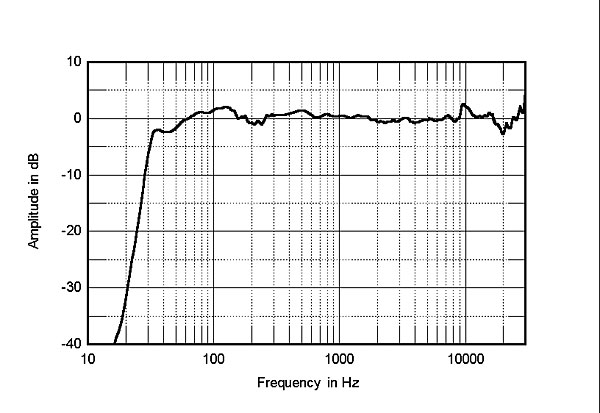I think its also important to get a sense of what it would sound like in the kind of rooms they are most likely used in. Something like the Blade 2 probably wont be put in small room with a lot of free space around it, while for example for the R3 that would be a more likely scenario. Same goes for listening distance and SPL requirements. It makes sense to test those at the sort of expected scenarios for each speaker.Yes, you understood correctly. I took your previous post to mean that the final part is done by listening only, which is not the case at KEF. Listening is also used during development, we typically make quite a few early prototypes too. Personally I think it would be rather remiss of us not to listen whatsoever. Even if you take a view that objective data is enough to fully understand how a speaker sounds, this comes from experience and we have to build and maintain that across the team. Plus, our whole team are audio and music fans - listening products we've worked on is very motivating, and trying to understand the perspective of our customers is very important too.
I'm going to guess that measurements also help you understand what exactly you are hearing a bit better?


